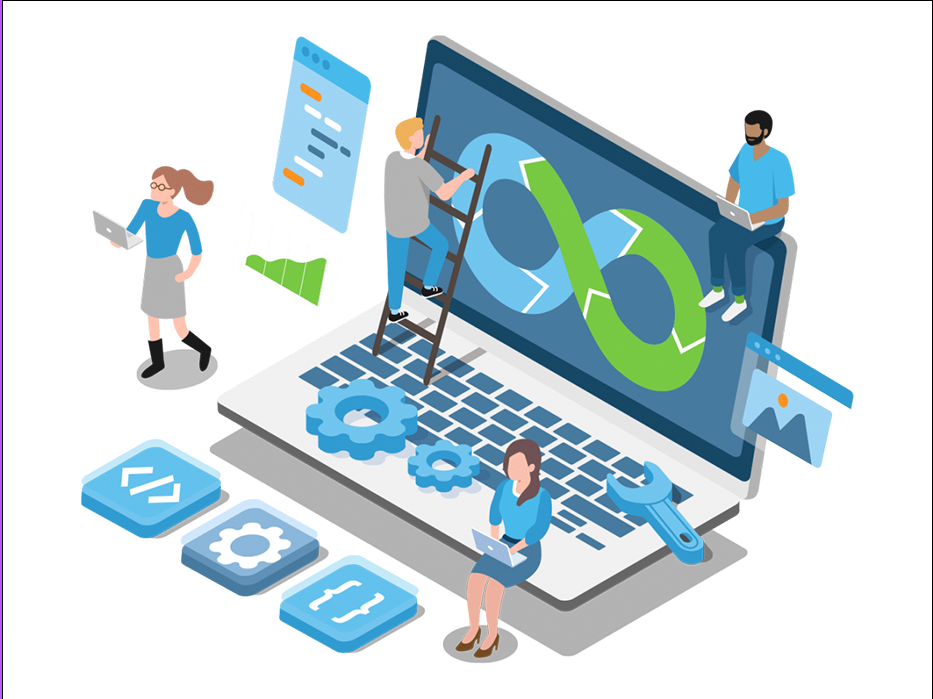- Proactive Security Measures: The paradigm in cybersecurity has shifted towards proactive measures. Organizations have realized that waiting for attacks to happen and then reacting is not sufficient. Instead, proactive strategies such as continuous security monitoring, threat intelligence gathering, vulnerability assessments, and penetration testing are essential. By identifying and mitigating vulnerabilities before they are exploited, businesses can significantly reduce their risk exposure.
- Human Element and Security Awareness: Despite advancements in technology, human error remains a primary cybersecurity risk. Phishing attacks, social engineering, and inadvertent data exposure through misconfigured settings continue to be major threats. Therefore, investing in cybersecurity awareness training for employees has become crucial. Building a culture of security awareness helps employees recognize and report suspicious activities, thereby strengthening the organization’s overall security posture.
- Rise of Ransomware and Impact on Businesses: Ransomware attacks have become more frequent and sophisticated, targeting organizations of all sizes across various sectors. These attacks often lead to significant operational disruptions, financial losses, and reputational damage. The lessons learned include the importance of robust backup and disaster recovery plans, as well as the need for effective incident response strategies. Organizations are increasingly adopting technologies like endpoint detection and response (EDR) and security information and event management (SIEM) systems to detect ransomware attacks early and mitigate their impact.
- Supply Chain Security: The SolarWinds supply chain attack highlighted the vulnerabilities associated with third-party software and services. Cybercriminals exploited trusted relationships to infiltrate networks and conduct espionage activities. This incident underscored the critical need for rigorous vendor risk management practices, including regular audits, security assessments, and contractual obligations regarding security practices. Organizations are now focusing on strengthening supply chain resilience and implementing controls to detect and respond to supply chain attacks promptly.
- Regulatory Compliance and Data Privacy: The regulatory landscape for data protection continues to evolve globally. Regulations such as the General Data Protection Regulation (GDPR) in Europe and the California Consumer Privacy Act (CCPA) in the United States impose strict requirements on organizations regarding data privacy and security. Non-compliance can result in severe penalties and reputational damage. As a result, organizations are prioritizing compliance efforts, implementing privacy by design principles, conducting privacy impact assessments, and enhancing transparency in data handling practices.
- Zero Trust Architecture (ZTA): Traditional perimeter-based security models are increasingly inadequate in defending against modern cyber threats. Zero Trust Architecture (ZTA) has emerged as a strategic approach that assumes no trust by default, regardless of whether a user is inside or outside the network perimeter. ZTA principles include continuous authentication, least privilege access controls, micro-segmentation, and strict enforcement of security policies. Organizations are transitioning towards ZTA frameworks to minimize the risk of unauthorized access and lateral movement by threat actors within their networks.
- Integration of Artificial Intelligence (AI) and Automation: AI and automation technologies are playing a pivotal role in enhancing cybersecurity defenses. Machine learning algorithms can analyze vast amounts of data to identify patterns indicative of malicious activities. AI-powered security tools enable faster threat detection, real-time incident response, and automated remediation actions. By reducing response times and augmenting human capabilities, AI and automation help organizations stay ahead of cyber threats and mitigate risks effectively.
- Adaptive Security Strategies: Cyber threats are constantly evolving, requiring organizations to adopt adaptive security strategies. This involves continuously assessing and improving cybersecurity measures, staying informed about emerging threats and attack techniques, and adapting defenses accordingly. Threat intelligence sharing and collaboration with industry peers and security researchers also play a crucial role in strengthening defenses against common and emerging threats.
In summary, the lessons learned in cybersecurity over the past year highlight the importance of proactive risk management, cybersecurity awareness, resilience against ransomware and supply chain attacks, regulatory compliance, adoption of Zero Trust Architecture, integration of AI and automation, and adaptive security strategies. By addressing these key areas, organizations can better protect their assets, mitigate risks, and maintain trust with stakeholders in an increasingly digital and interconnected world.





